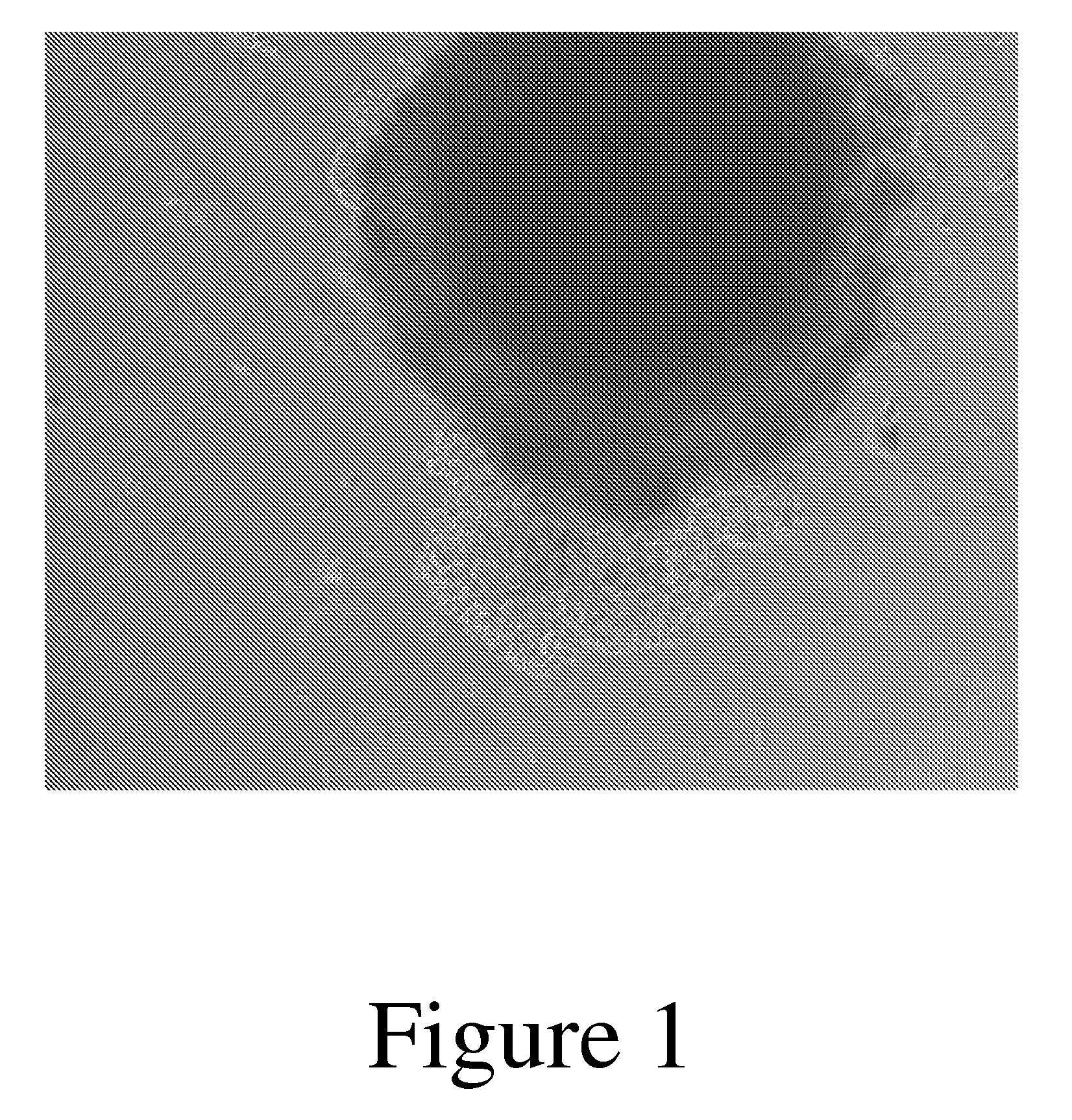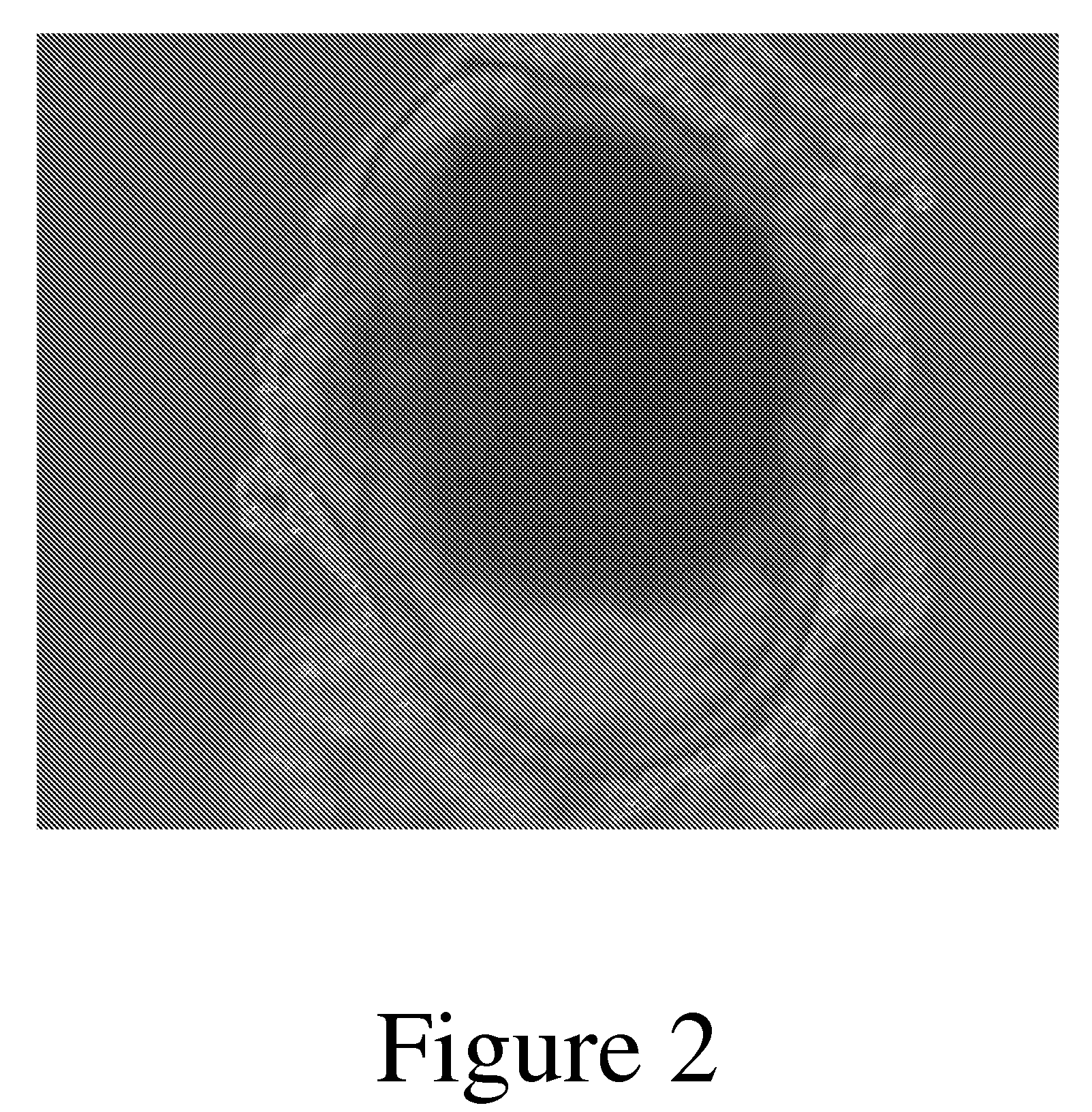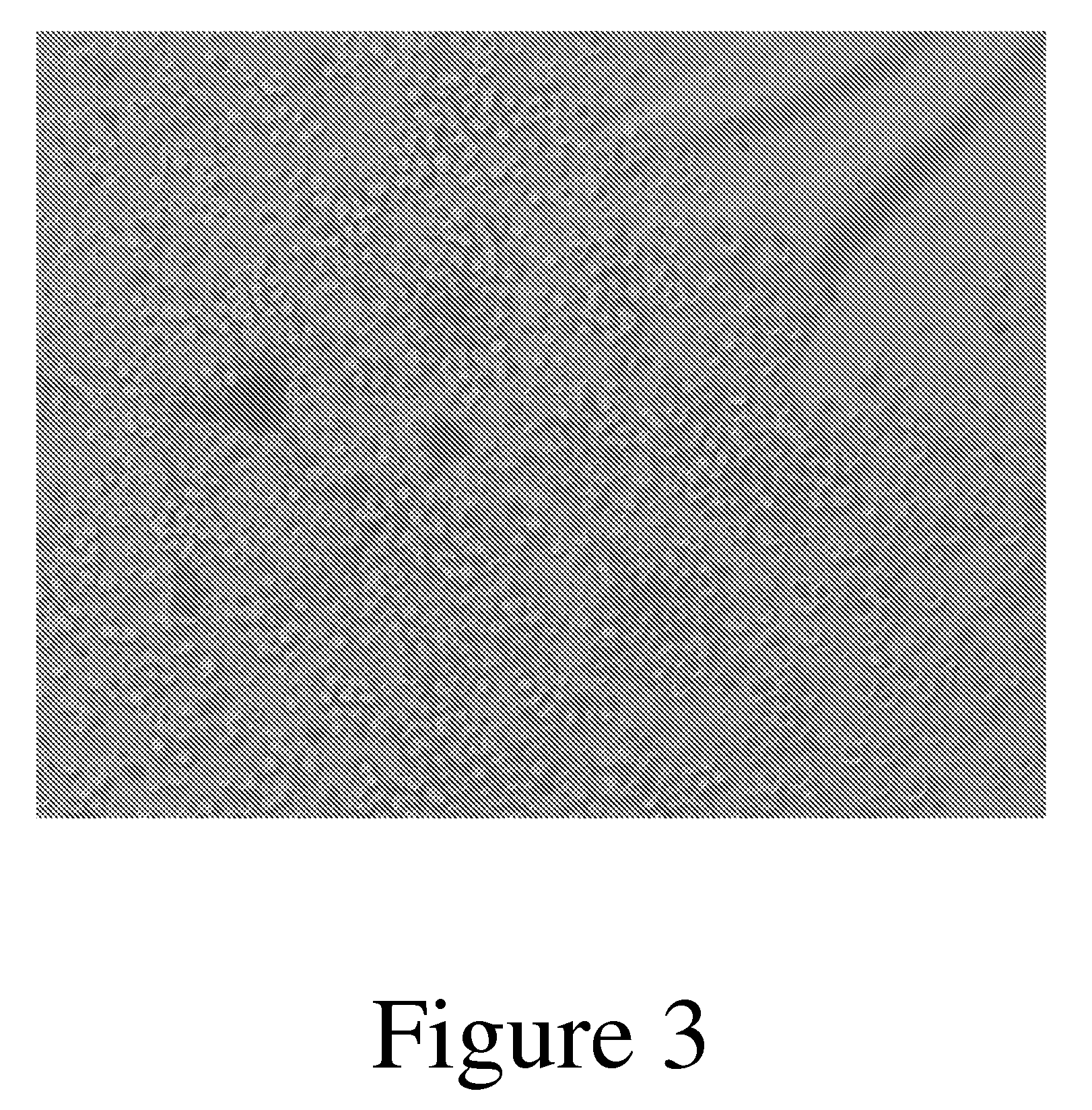Culture Matrix for Forming a Cell Spheroid, and Method of Culturing the Same
a technology of culture matrix and cell spheroid, which is applied in the field of culture matrix for forming a cell spheroid, and the same method, can solve the problems of difficult analysis, small quantity of obtained rna by this method, damage to cancer cells, etc., and achieves the effect of easy recovery
- Summary
- Abstract
- Description
- Claims
- Application Information
AI Technical Summary
Benefits of technology
Problems solved by technology
Method used
Image
Examples
embodiments
[0073]In an embodiment of using the matrix, a cell or tissue containing the cell is first inoculated or mixed into the matrix according to the present disclosure. In order to carry out such inoculation or mixing, for example, a thermoreversible hydrogel-forming polymer constituting the matrix used for culturing a cell or tissue of the present disclosure is dissolved in a culture medium such as RPMI-1640 at a low temperature (e.g., 4° C.) while stirring, so that the matrix according to the present disclosure is converted into a state of an aqueous solution (a sol state) with a temperature lower than its sol-gel transition temperature, and then the above cell or tissue may be added or suspended therein. The culture medium used herein is not limited. A culture medium in which a cell of interest (for example, but not limited to, any cell from a living animal, embryonic cell, embryonic stem cell, adult stem cell, engineered cell, cancer cell, cell line) easily grows or differentiates may...
examples
[0108]The disclosed method is described with more specificity in the following examples. It should be noted, however, that the scope of the disclosed method is not limited by the examples.
Experiment 1
Sol-Gel
[0109]N-isopropylacrylamide (NIPAAm) [59.2 g] and butylmethacrylate (BMA) (Wako) [3.04 g] were melted in ether [606.4 g] and distilled water [257.2 g] was added. A 20% aqueous solution of polyethylene glycol was made by adding 124.4 g (PDE6K) (NOF Corporation) to 160 ml of distilled water and heating to 70° C. under nitrogen. Four milliliters of 10% persulfate ammonium (Wako) and 0.4 ml of tetramethylethylenediamine (Wako) were added every 30 minutes (6 times) and the polyethylene glycol was polymerized. After cooling, it was diluted in 6 liters of distilled water. The solution was concentrated to approximately 1 liter by using a hollow fiber ultrafiltration membrane with a molecular weight cutoff of 100,000 (Amicon, HIP100-43) at a temperature below 10° C. The dilution and conce...
example 2
Experiment to Separate and Grow Only Cancer Cells from a Cancerous Tissue
[0110]A cancerous tissue of 1.0 cm3 in volume was surgically removed from the large intestines of a colon cancer patient. The cancerous tissue was cut into 0.5 mm squares using a tissue chopper. On a hot plate preheated to 37° C., 200 μl of cooled RPMI-1640 culture medium containing 8% thermoreversible hydrogel-forming polymer was injected into a 24-well plate. The RPMI-1640 containing the matrix immediately changed into a gel. Two to three cut tissue pieces were immersed in the gel. A solution was prepared by adding 10% fetal calf serum, 100 μg / ml of penicillin, 100 μg / ml of streptomycin, 50 μg / ml of amphotericin and 5 μg / ml of insulin to the RPMI-1640 culture solution, and 300 μl of the prepared solution was added to the gel in each well. The gel was then cultured in an atmospheric condition of 37° C. and 5% CO2. The form of the tissue pieces in the gel was observed during culture with a phase contrast micros...
PUM
| Property | Measurement | Unit |
|---|---|---|
| sol-gel transition temperature | aaaaa | aaaaa |
| sol-gel transition temperature | aaaaa | aaaaa |
| sol-gel transition temperature | aaaaa | aaaaa |
Abstract
Description
Claims
Application Information
 Login to View More
Login to View More - R&D
- Intellectual Property
- Life Sciences
- Materials
- Tech Scout
- Unparalleled Data Quality
- Higher Quality Content
- 60% Fewer Hallucinations
Browse by: Latest US Patents, China's latest patents, Technical Efficacy Thesaurus, Application Domain, Technology Topic, Popular Technical Reports.
© 2025 PatSnap. All rights reserved.Legal|Privacy policy|Modern Slavery Act Transparency Statement|Sitemap|About US| Contact US: help@patsnap.com



